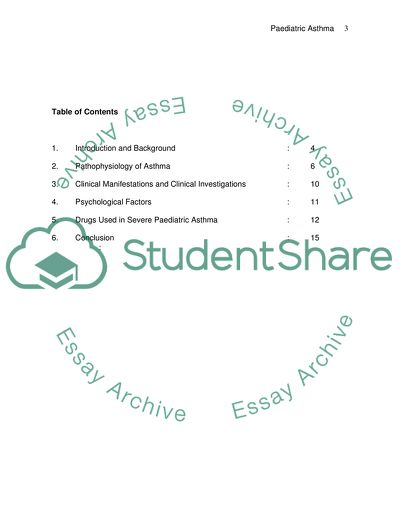Cite this document
(“Care of the severe asthmatic paediatric patient Essay”, n.d.)
Care of the severe asthmatic paediatric patient Essay. Retrieved from https://studentshare.org/miscellaneous/1551019-care-of-the-severe-asthmatic-paediatric-patient
Care of the severe asthmatic paediatric patient Essay. Retrieved from https://studentshare.org/miscellaneous/1551019-care-of-the-severe-asthmatic-paediatric-patient
(Care of the Severe Asthmatic Paediatric Patient Essay)
Care of the Severe Asthmatic Paediatric Patient Essay. https://studentshare.org/miscellaneous/1551019-care-of-the-severe-asthmatic-paediatric-patient.
Care of the Severe Asthmatic Paediatric Patient Essay. https://studentshare.org/miscellaneous/1551019-care-of-the-severe-asthmatic-paediatric-patient.
“Care of the Severe Asthmatic Paediatric Patient Essay”, n.d. https://studentshare.org/miscellaneous/1551019-care-of-the-severe-asthmatic-paediatric-patient.


